Posted June 25, 2018 in
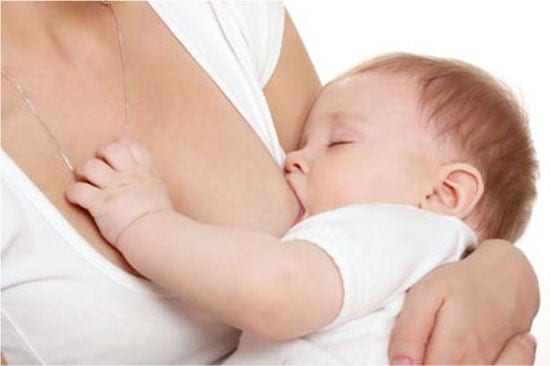
Most women can successfully breastfeed their babies after breast augmentation with saline or silicone gel implants. However, no one can give you a 100% guarantee that you will be able to do so. Why not?
1. Some women have insufficient glandular tissue to provide enough milk production for successful breastfeeding.
Since the function of the breast is to produce breast milk, particularly small breasts may yield less milk. Not coincidentally, the same women who have very small breasts are the ones who choose to undergo breast enlargement surgery. So if you cannot produce much breast milk after augmentation, it may be your breasts—and not your breast implants—that are responsible.
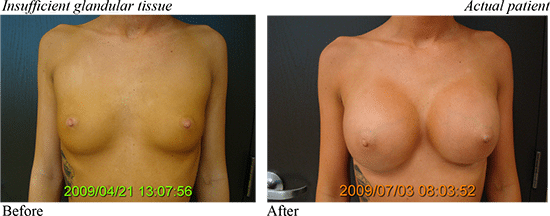
2. Surgery itself can reduce your ability to breast feed. Common risk factors include:
Periareolar incisions. Incisions placed along the border of the areola (pigmented skin around the nipple) can disrupt the ducts that transport milk from the breast gland to the nipple. Incisions in the inframammary fold (crease beneath the breast) or underarm will not disrupt the breast ducts.
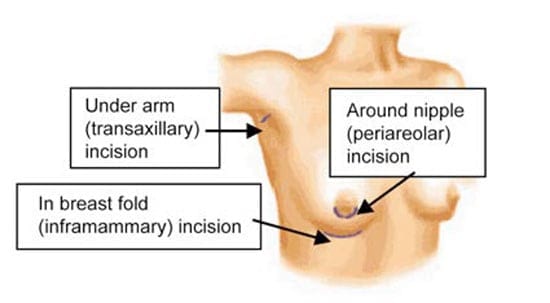
Subglandular breast implants. Implants placed above the pectoralis major muscle—immediately beneath the breast gland—may interfere with breastfeeding by exerting pressure on the overlying tissues. Submuscular implants are less likely to interfere with milk production.
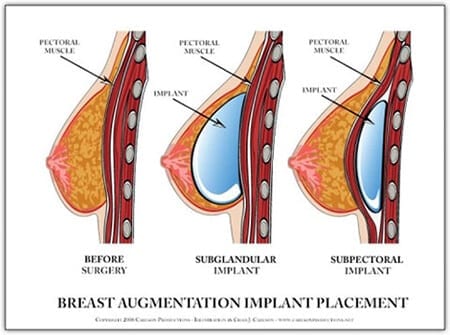
Very large breast implants. Larger implants, particularly in women with very tight tissues, will put more pressure on the overlying breast tissue than smaller implants.
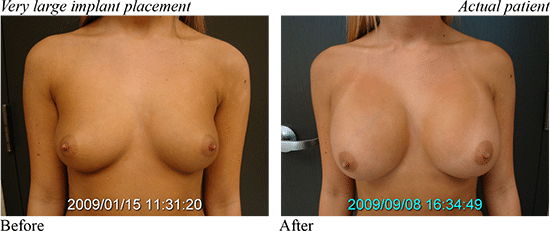
Reduced nipple sensation. Although most women retain normal nipple sensation after breast enlargement surgery, a reduction in nipple sensation (caused by implant-related stretch of the fourth intercostal nerve) can translate to more difficulty with breast feeding.
3. And, of course, there are a few more possibilities:
Inverted or flat nipples. If your nipples do not “stick out,” your baby may have a difficult time latching on. There are multiple nonsurgical methods to combat this—and many hospitals employ lactation consultants. Inverted nipple repair surgery improves the appearance of the nipple but may similarly interfere with breastfeeding.
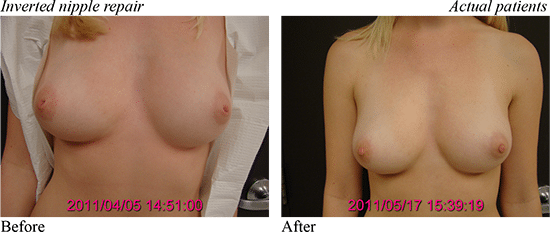
Painful lactation. Some women find breastfeeding painful or unpleasant.
Fussy babies. Some babies have difficulty breastfeeding and may be easier to bottle-feed.
The bottom line: Most women are able to successfully breastfeed their babies after breast augmentation. However, for a variety of reasons—some implant-related and some not—breastfeeding may not always be feasible. Conservatively-sized implants placed below muscle through an incision away from the nipple-areola are least likely to interfere with breastfeeding.
If you have any questions or wish to schedule a consultation feel free to call our office at (469) 467-0100, or email us at drfriedman@https://www.plasticsurgerydallas.com.